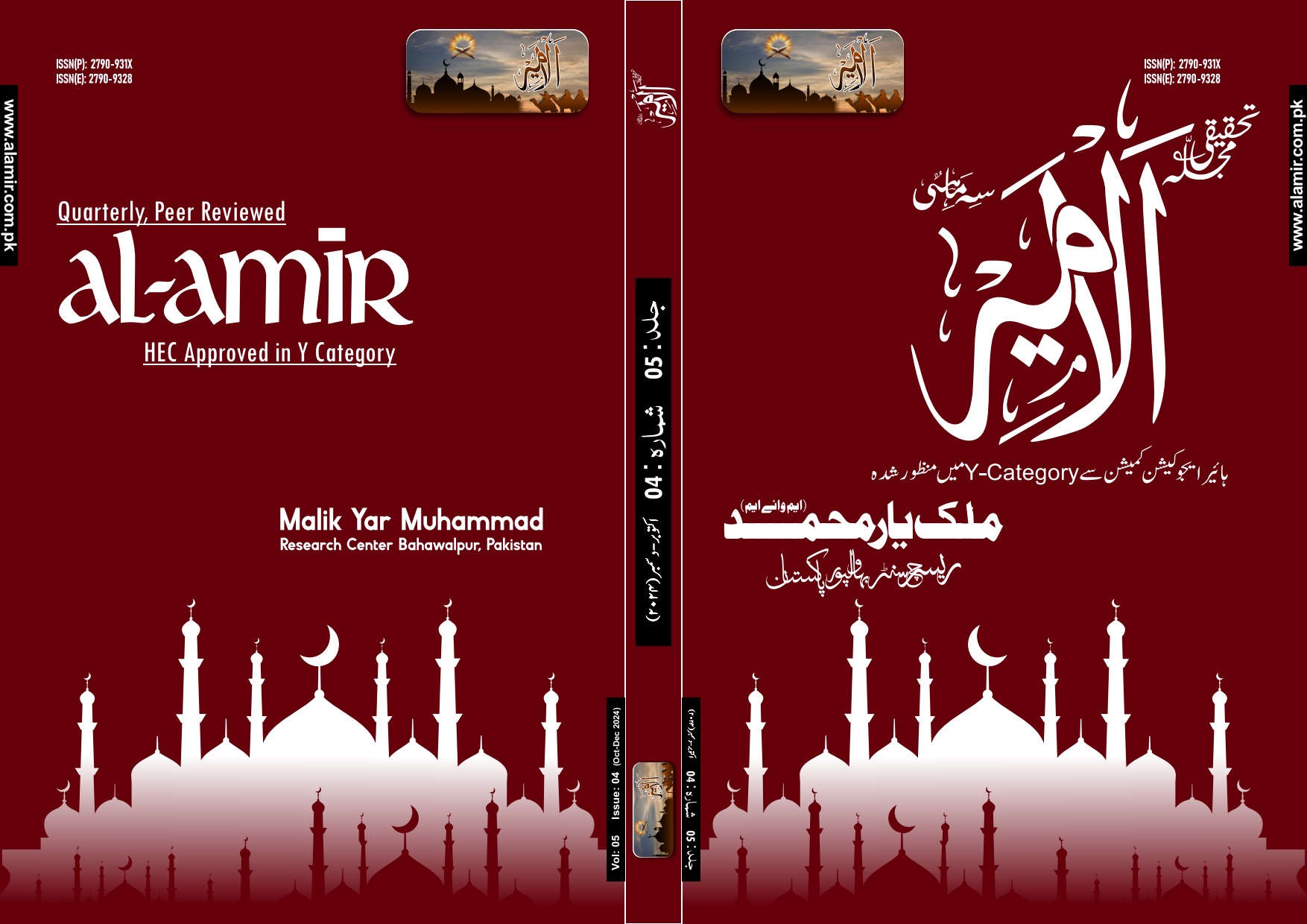Leveraging AI for Qur’anic Exegesis: A New Pedagogical Approach
Abstract
The application of Artificial Intelligence (AI) in Qur’anic exegesis (tafsir) has the potential to revolutionize traditional teaching methodologies, making the study of the Qur’an more accessible, efficient, and impactful. This research explores the role of AI in enhancing the pedagogical process of Qur’anic exegesis. By employing advanced AI tools such as Natural Language Processing (NLP) and Machine Learning (ML), the study highlights how linguistic analysis, thematic categorization, and contextual understanding of Qur’anic verses can be achieved with greater accuracy and speed. The research also examines how AI-driven platforms can facilitate personalized learning experiences for students, bridging the gap between classical Islamic scholarship and modern technological advancements. Furthermore, it addresses ethical concerns, emphasizing the need for AI tools to operate under the supervision of Islamic scholars to maintain the sanctity and authenticity of Qur’anic interpretation. The study identifies potential challenges, including the risk of misinterpretation and the limitations of AI in grasping theological nuances. By providing a framework for integrating AI in the teaching of Qur’anic exegesis, this research aims to contribute to the development of innovative, inclusive, and Shariah-compliant educational practices.
Keywords
Artificial Intelligence, Qur’anic Exegesis, Tafsir, Pedagogy, Natural Language Processing, Islamic Education, Machine Learning, AI Ethics
Views & Downloads Stats:
Downloads
Published
How to Cite
Issue
Section
License
Copyright (c) 2024 Dr. Faizan Hassan Javed, Nida Bibi

This work is licensed under a Creative Commons Attribution-ShareAlike 4.0 International License.








